FREQUENTLY ASKED QUESTIONS
Collapsible content
What is the MLB definition of the strike zone?
“The official strike zone is the area over home plate from the midpoint between a batter’s shoulders and the top of the uniform pants — when the batter is in his stance and prepared to swing at a pitched ball — and a point just below the kneecap. In order to get a strike call, part of the ball must cross over part of home plate while in the aforementioned area.
Strikes and balls are called by the home-plate umpire after every pitch has passed the batter, unless the batter makes contact with the baseball (in which case the pitch is automatically a strike).
History of the rule: The vertical specifications of the strike zone have been altered several times during the history of baseball, with the current version being implemented in 1996.”
Is the BP Strike Zone adjustable?
Yes. Move it further back from home plate to adjust for tall batters. Factor in the downward plane of the pitch. Place the BP Strike Zone where a catcher receives (frames) the pitch.
TOP OF THE STRIKE ZONE
Automated Ball-Strike (ABS) Challenge System
https://www.mlb.com/news/abs-system-pitch-timer-bigger-bases-tested-triple-a
José Altuve: 2’10”
Aaron Judge: 3’4”
BP Strike Zone: 2’11”
IMPORTANT NOTE: The ABS strike zone heights for Altuve and Judge are measured:
- At a home plate depth of 8.5 inches (halfway across the plate). This home plate depth is “the area over home plate’” where strikes and balls are called “after every pitch has passed the batter.” (see MLB strike zone definition FAQ above).
- Where “the batter is in his stance and prepared to swing at a pitched ball.” Rather than at the full height of each batter. (see MLB strike zone definition FAQ above).
We recommend placing the BP Strike Zone about 1 foot behind home plate, where catchers receive the pitch. Known in-game strike zone variables: pitch velocity (slower pitch = steeper downward plane), curveball vs fastball, level of play (Little League, high school, college, MLB), presentation by catcher, judgment of home plate umpire.
But is the actual height of the frame adjustable?
No. We stood on mounds 46, 50, 54, or 60 feet away from the BP Strike Zone. We asked ourselves (along with players, coaches, and umpires): Is this a fair strike zone for the majority of batters? YES. Should we add the option to raise the height by a few inches? NO.
NOTE: We have not asked Jose Altuvé or Aaron Judge these same questions.
Dec 2022 update: Enough people asked, it was time to offer a solution. YES, we now offer 2 options for adjusting the vertical height of your BP Strike Zone:
How much assembly is required?
All hardware is included, along with the Allen key and a 1-page instruction manual.Fasten the extension springs, strike zone upper frame, and strike zone base by using the 4 socket cap bolts, lock washers, and flat washers.Takes about 5 minutes.
What are the frames made of?
1” square tube steel.Heavy-duty.
How much does the BP Strike Zone weigh?
31 lbs.
What happens if a pitch doesn’t land in the net or hit the perimeter frame?
It’s a ball, not a strike.(You’d be surprised how often we are asked this question)
What are the wheels for?
Easy transport from your home or car to the baseball field or batting cages.These 7” wheels are quickly removed and attached (detent pins, steel sleeves welded to base).Allows you to roll your BP Strike Zone over dirt, grass, and asphalt.
Is there a BP Strike Zone app that tracks pitch accuracy, velocity, and spin rate?
No.Zero electronics associated with the BP Strike Zone.We specialize in heavy-duty steel products. There are amazing solutions available for capturing and reporting pitching and hitting data. Many coaches use these tools alongside the BP Strike Zone.
